Commentary: Alaska is a climate victim and a perpetrator. The next four years will only make matters worse
Published in Op Eds
“I’m just waiting to start hearing methane explosions like they do in Russia,” says Bethel, Alaska, City Council Member Mark Springer. Until recently he and his wife would pick summer berries on a trail through the tundra outside their river town in southwest Alaska, but now that part of the tundra is too dangerous to traverse since water-filled sinkholes have formed with surface slicks of volatile methane.
Because of a complex mechanism known as “Arctic amplification,” Alaska is warming two to three times faster than the world as a whole, and the 85% of the state that is permafrost is degrading, threatening to release vast amounts of carbon dioxide and methane, a greenhouse gas that traps 28 times more heat than CO2.
A 2023 NASA aerial spectrometer study found some 2 million “hot spots,” often associated with areas scorched by wildfire, emitting more than 3,000 parts per million of methane between the ground and the aircraft — 420 parts per million of carbon dioxide in the atmosphere is what’s presently overheating the planet.
Nonetheless, the incoming Trump administration plans to push Alaska into adding even more heat to the planet, and at the same time, it could make it harder to track the effects. NASA and the National Oceanic and Atmospheric Administration, which are critical to climate studies, monitoring and reporting, are expected to be the focus of cuts and possible elimination over the next four years, along with the Department of Defense’s Center for Arctic Security Studies, which looks at the impact of climate on national security.
On Nov. 8, just three days after the election, President-elect Donald Trump put out a short social media video in which he bragged that during his first term, he “opened ANWR (the Arctic National Wildlife Refuge) for energy development, worked on reopening Tongass National Forest as a multiphased working forest. … We will assure the (state-sponsored) gas line project gets built. … We will maximize Alaska’s mining potential.”
Trump “sees Alaska’s oil resources, our gas resources, our mining resources, our timber resources … as assets not just for Alaska, but as solutions to the country’s problems,” the state’s Republican Gov. Mike Dunleavy said in a livestream after posting the video. “A lot of people believe that carbon emissions are driving global warming,” he told reporters last year, indicating that he does not, but he is willing to sell carbon offsets based on the sequestering potential in Alaska’s forests that are not being logged.
Most Americans would likely oppose a high level of wilderness destruction (and methane emissions) in exchange for more resource extraction on America’s “Last Frontier,” although many Alaskans and their congressional delegation would support it, claiming it’s an economic necessity. Given that 65% of Alaska is public land administered by federal agencies and an additional 11% is controlled by Native Alaskans under the Alaska Native Claims Settlement Act of 1971, the debate will involve both national issues and Native sovereignty.
Look for the Trump administration to reverse oil and gas leasing bans and limits put in place by President Biden in ANWR and the North Slope’s National Petroleum Reserve. Expect ConocoPhillips’ Willow Project oil lease in the reserve, approved last year at 400,000 acres, to balloon to 800,000. Also on tap, new oil and gas exploration, including on 1.6 million acres near the Yukon Flats National Wildlife Refuge.
As for the pipeline Trump promises, it’s a decades-old attempt to build an 800-mile long, $44-billion natural gas link from Prudhoe Bay (where the temperature hit a record 89 degrees on Aug. 8), to an export terminal on the Kenai Peninsula south of Anchorage (where climate-linked wildfires and spruce beetle infestations are already spreading).
On Nov. 30, the Anchorage Daily News editorial board dissected the pipeline’s prospects and concluded the risky project couldn’t pencil out, not least because no private-company partners were clamoring for a stake in it. That analysis didn’t take into account that the pipeline could triple the state’s carbon emissions.
Trump’s support can be expected for renewed clear-cutting in the 17-million-acre Tongass forest, the same old-growth carbon sink Dunleavy hoped to profit from; building a 211-mile industrial-use-only road through the pristine Brooks Range to open the door to copper mining; and permitting an open-pit gold mine near the headwaters of the salmon-rich Kuskokwim River. More than 30 Alaska Native villages depend on the Kuskokwim for their subsistence living.
It’s less clear whether Trump will support a new copper and gold mining project being pushed by the Canadian government that could affect salmon rivers in southeast Alaska. During his first term, Trump blocked a similar project, the Pebble Mine above Bristol Bay in southwest Alaska, because his oldest son and a wealthy advisor took the side of the bay’s salmon fishery, worth an estimated $2 billion annually. (Pebble Mine developers are suing to try to keep the project alive.)
Ch’eelil Peter, 17, who is Gwich’in and Diné and lives in Arctic Village south of ANWR, is a party to a lawsuit seeking to shut down the natural gas pipeline once and for all. At a hearing in October where the state argued to dismiss the case, she and others among the suit’s eight young plaintiffs argued that the pipeline would undermine their state constitutional right to life, health and access to fish and wildlife.
“Right now it should be snowing here in Anchorage,” Peter said outside the courthouse, “but it’s more like fall. … There’s been no fish in the Yukon (River) for years. … We used to go there for fish camp in July with the whole family and we’d camp and get fish and process it (for the winter). ”
Another plaintiff, Cecily Shavelson, 14, from Homer, Alaska, insisted that she and her peers “ will keep doing something till there’s a change.”
Her 12-year-old sister, Lila, wondered “what the woman lawyer for the state was actually thinking. I wondered if it was her choice to be talking against us and our future.”
Alaska is both the most climate-vulnerable state in the nation and, with its ice-locked methane beginning to defrost, a virtual climate bomb. The Biden administration’s moderate moves on energy in the 49th state satisfied no one. Trump, who calls the climate crisis “one of the greatest scams of all time,” could, with his energy policy of “drill, baby, drill,” set off that bomb.
_____
(David Helvarg is executive director of Blue Frontier, an ocean policy group, an author and co-host of “Rising Tide: The Ocean Podcast.”)
_____
©2024 Los Angeles Times. Visit at latimes.com. Distributed by Tribune Content Agency, LLC.







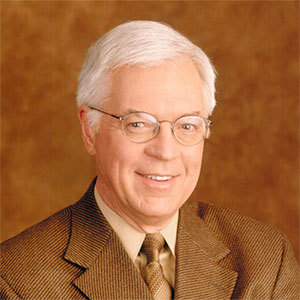









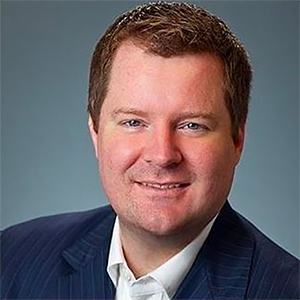




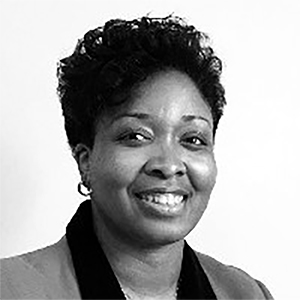






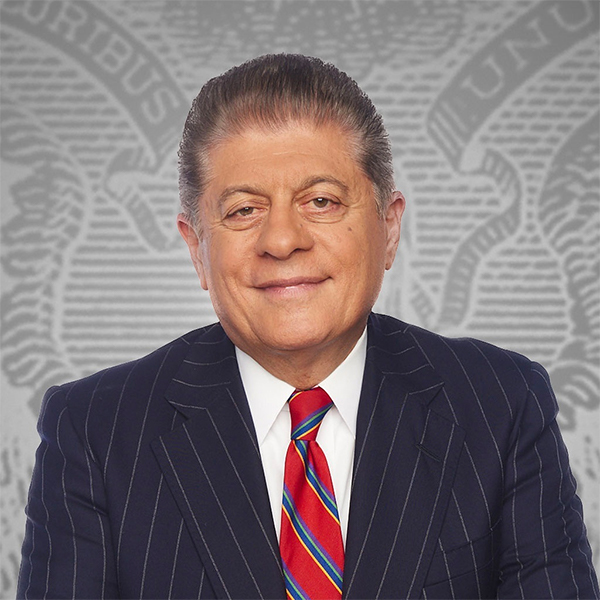



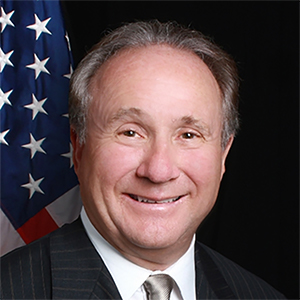

















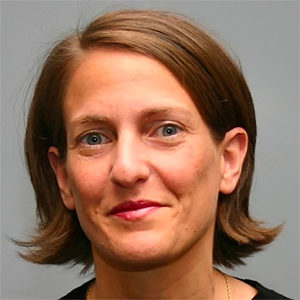

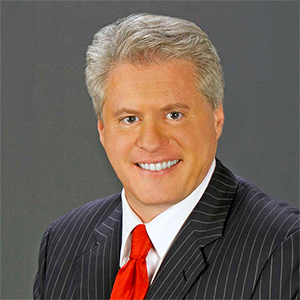






Comments